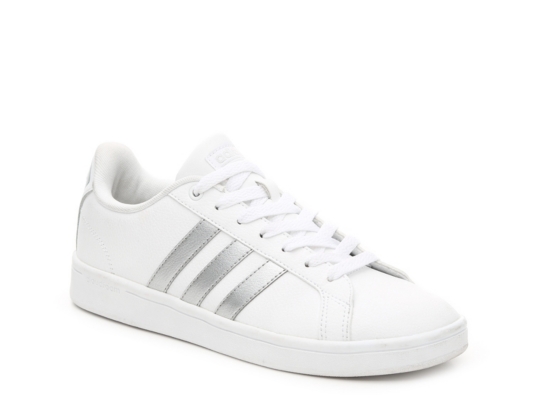History of Sneakers
Share
Sneakers (also known as athletic shoes, tennis shoes, runners, takkies, or trainers) are shoes primarily designed for sports or other forms of physical exercise. Sneakers have evolved to be used for casual everyday activities. The term generally describes a type of footwear with a flexible sole made of rubber or synthetic material and an upper part made of leather or synthetic materials. Examples of such shoes include athletic footwear such as: basketball shoes, tennis shoes, cross trainers and other shoes worn for specific sports.
Names and etymology
The term "sneakers" is most commonly used in the Northeastern United States and Southern Florida.[1] It is also used in North Carolina. The British English equivalent of "sneaker" in its modern form is "trainer". In some urban areas in the United States, the slang for sneakers is kicks. Other terms include training shoes or trainers (British English), sandshoes, gym boots or joggers (Geordie English in the UK[2]), running shoes, runners or gutties (Canadian English, Australian English and Scottish English), runners in Hiberno-English, sneakers (North American English) and (Australian English), tennis shoes (North American English and Australian English), gym shoes, tennies, sports shoes, sneaks, takkies (South African English[3] and Hiberno-English), rubber shoes (Philippine English) or canvers (Nigerian English).
Plimsolls (British English) are "low tech" athletic shoes, and are also called 'sneakers' in American English and 'daps' in Welsh English. The word "sneaker" is often attributed to American Henry Nelson McKinney who was an advertising agent for N. W. Ayer & Son. In 1917, he used the term because the rubber sole made the shoe stealthy. The word was already in use at least as early as 1887, as the Boston Journal made reference to "sneakers" as "the name boys give to tennis shoes." The name "sneakers" originally referred to how quiet the rubber soles were on the ground, in contrast to noisy standard hard leather sole dress shoes. Someone wearing sneakers could "sneak up" on someone while someone wearing standards could not.[4]
Earlier the name "sneaks" had been used by prison inmates to refer to warders because of the rubber-soled shoes they wore.[5]
